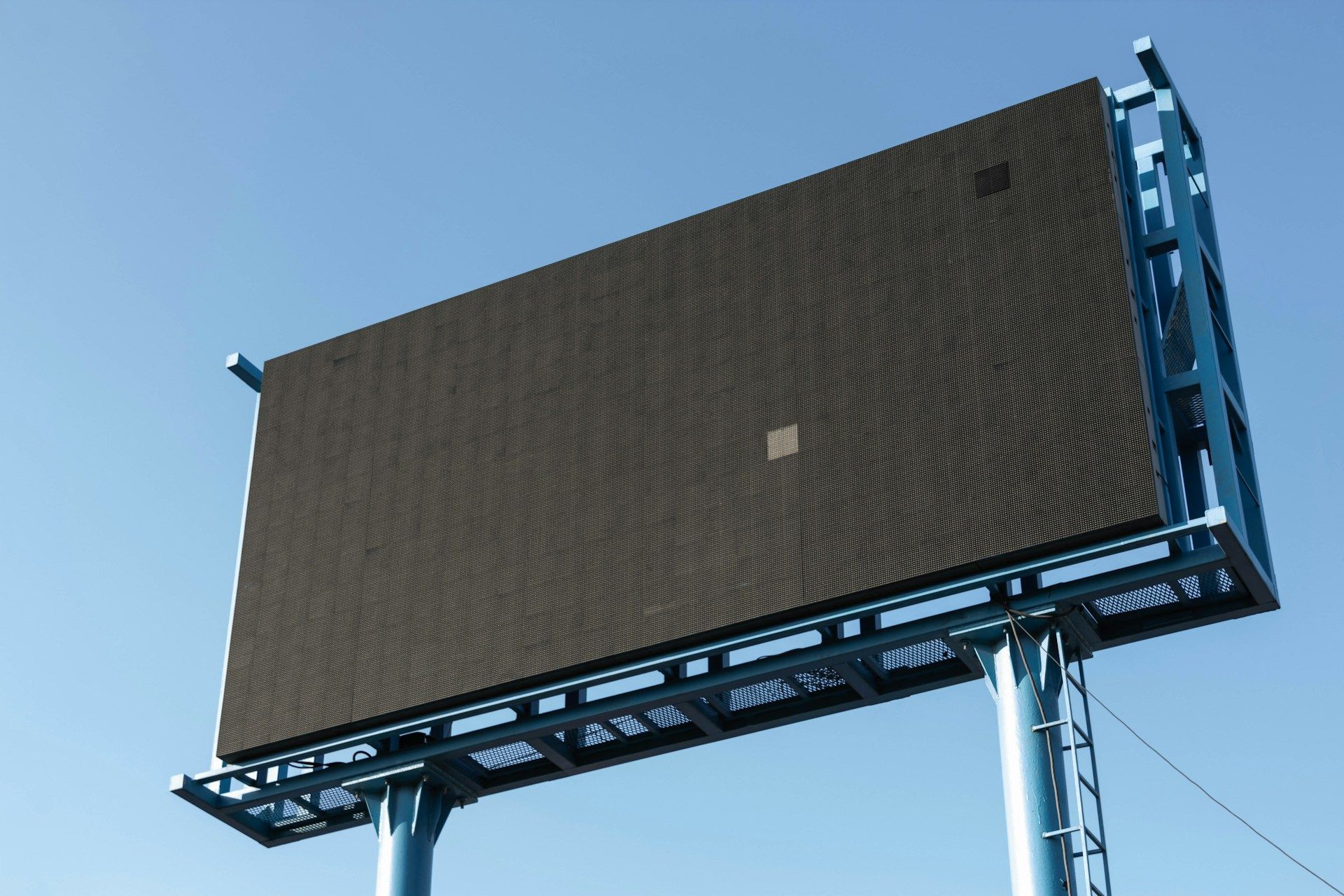Solving Website Navigation Problems That Drive Users Away
If users can’t figure out how to get around your website, they won’t stick around for long. They bounce, get frustrated, and go find what they need somewhere else. Navigation is more than just a menu bar or a few links. It’s how people move through your site, how they discover content, and how they reach the point where they take action, whether that’s making a purchase, signing up for a service, or just learning more about your business.
Poor navigation turns away potential customers before they’ve even had a chance to see what you offer. Bad menu placement, vague page names, or too many choices create confusion instead of clarity. If your site feels clunky, overcrowded, or like a maze, it’s time to dig into what’s not working and fix it.
Identifying Common Website Navigation Problems
Website navigation problems tend to hide in plain sight. The site might look okay at first glance, but when you sit down and try clicking through with fresh eyes, things begin to stand out. It’s kind of like walking into a store and realizing all the aisles are randomly labeled and none of the signs make sense. That’s how users feel when your navigation isn’t doing its job.
Here’s what visitors usually struggle with:
1. Too Many Menu Items
When everything is crammed into the main menu, it gets overwhelming. Nobody wants to read through 15 links to figure out where to go next. Visitors start skimming or give up altogether. Grouping content under broad categories can help reduce visual clutter and lead them toward what they need faster.
2. Hidden Navigation Options
It’s tempting to get fancy with modern designs like hamburger menus, pop-ups, or slide-ins. But if someone has to hunt down where to click, the design is working against them. Navigation should be easy to find across all screen sizes and devices.
3. Unclear Wording
Labels like “Solutions,” “Offerings,” or “Discover” may sound creative, but visitors don’t always know what they mean. More familiar terms like “Pricing,” “Our Work,” or “Contact” make things easier to understand. If people have to guess what a link does, the wording could use improvement.
4. Inconsistent Menus Between Pages
If the navigation menu shifts from one page to another, it breaks the flow and hurts trust. Visitors should be able to count on the same layout no matter where they are on your site.
5. Misplaced Call To Action Buttons
If users are ready to take the next step but can’t find the button they need, you’ve lost them right at the finish line. Navigation isn’t just for getting around. It helps drive the action you want people to take.
Fixing even just one of these problems can make a big improvement. A site that’s easy to move through keeps people around longer and helps them get to where they want to go without frustration.
Techniques For Improving Website Navigation
Fixing navigation issues doesn’t mean your whole site needs to be rebuilt. Small changes often go a long way. Start by simplifying your menu. If you’ve got a huge list of links at the top, trim it. Group related items under common categories, and shift less important links to the footer. The idea is to show people just enough without dumping every option on them at once.
Use clear, direct labels. Think about what your audience would put into a search bar. “About Us” is easier to understand than something like “What Drives Us.” Simple beats clever every time when it comes to helping your users move around.
Make sure your site works just as well on phones and tablets as it does on desktops. A lot of users browse from mobile devices now. If buttons are hard to tap or menus don’t display well, users get frustrated and probably won’t come back. Test navigation on all screen types to make sure things aren’t getting lost or looking off.
Here are a few good practices to stick to:
- Keep top menus clean with 5 to 7 core links
- Use grouped dropdowns, not one-off or scattered links
- Choose easy-to-understand words over creative labels
- Make call-to-action buttons big and visible
- Make sure mobile and desktop menus perform the same way
One business we worked with had over 20 links in the main header. Some of them led to the same page under different names. After we sorted content into just three main groups, visitors could finally understand what was offered. Sales inquiries rose soon after. Cleaner menus mean easier choices.
Why Feedback Makes a Big Difference
You’re not your site’s best tester. Your users are. Once you’ve made changes, watch how real people use your website. It’s often surprising how different their approach is from what you expect.
User testing doesn’t need to be complicated. Ask a few people to complete a simple task, like finding a service or pricing page. Watch where they look, where they click, where they stop. Let them talk through what they’re doing. You’ll learn a lot from what they say out loud.
Tools that work well for getting feedback include:
- Short interviews with actual users
- Heatmaps showing clicks and scrolls
- Feedback widgets where users can flag confusion
- Session recordings that capture what people do on your site
Ongoing testing matters. Don’t treat this as a one-time project. As your business grows, your website changes. Pages get added. Priorities shift. What worked six months ago might not work today. Keeping an eye on patterns will help you prevent confusion before it spreads.
Planning and Rolling Out Navigation Fixes
Once you know what needs work, build a simple update plan. You don’t have to overhaul everything at once. Make a list. What’s staying, what’s going, and what needs a new spot. Update one section at a time, then measure how people react.
Always test changes before they go live. Run them on every device—desktop, phone, tablet—and in various browsers. A broken link, slow load time, or off-center label can make a good layout feel clunky.
Once your updates are live, track how users respond. Some good indicators to measure include:
- Bounce rate
- Time spent on the page
- Button click rates
- Conversions or form completions
These numbers show if your navigation is helping users or still making it hard to get around. Be ready to make more tweaks. Navigation isn’t set-it-and-forget-it. Check it every few months to see how things are holding up.
Make It Easy for Visitors to Explore Your Site
A slick website won’t help much if people don’t know how to get around it. Clean, simple navigation improves how people experience your site and makes it more likely they’ll stick around long enough to take action.
Website navigation isn’t just about menus and links. It’s about guiding people to what matters—your services, your products, or your contact page. When your navigation makes sense, most users won’t even notice it. They’ll just move from one spot to another without effort. That’s when you know it’s doing its job.
Keep improving. Gather feedback. Test often. When things get confusing, clean things up. A clearer path through your site can lead straight to more conversions, better experiences, and happier users.
If your website feels cluttered or hard to navigate, it might be time for a refresh. Explore how our website design services at Oddball Creative can help streamline your site and keep visitors moving smoothly from page to page. Whether you're after a cleaner menu or a full-scale update, we’re here to make sure your users have a better experience every step of the way.



